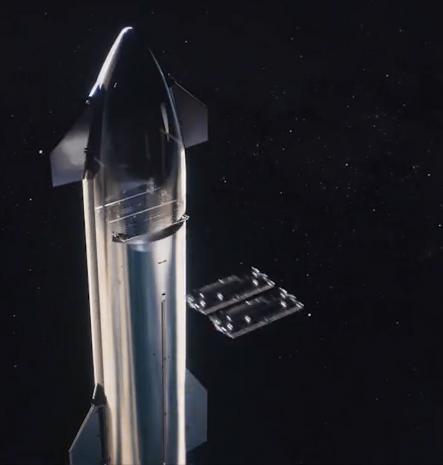
Breaking News
 Imagine All the People: Food, Freedom and What It Means To Be Human
Imagine All the People: Food, Freedom and What It Means To Be Human
 Long-term aspartame intake sabotages brain and heart function
Long-term aspartame intake sabotages brain and heart function
 NonConformist Series: Practical Wealth - Join us virtually Dec 29-30, 2025
NonConformist Series: Practical Wealth - Join us virtually Dec 29-30, 2025
 New bill would allow private citizens to fight cartels: 'WE ARE UNDER ATTACK'
New bill would allow private citizens to fight cartels: 'WE ARE UNDER ATTACK'
Top Tech News
 Perfect Aircrete, Kitchen Ingredients.
Perfect Aircrete, Kitchen Ingredients.
 Futuristic pixel-raising display lets you feel what's onscreen
Futuristic pixel-raising display lets you feel what's onscreen
 Cutting-Edge Facility Generates Pure Water and Hydrogen Fuel from Seawater for Mere Pennies
Cutting-Edge Facility Generates Pure Water and Hydrogen Fuel from Seawater for Mere Pennies
 This tiny dev board is packed with features for ambitious makers
This tiny dev board is packed with features for ambitious makers
 Scientists Discover Gel to Regrow Tooth Enamel
Scientists Discover Gel to Regrow Tooth Enamel
 Vitamin C and Dandelion Root Killing Cancer Cells -- as Former CDC Director Calls for COVID-19...
Vitamin C and Dandelion Root Killing Cancer Cells -- as Former CDC Director Calls for COVID-19...
 Galactic Brain: US firm plans space-based data centers, power grid to challenge China
Galactic Brain: US firm plans space-based data centers, power grid to challenge China
 A microbial cleanup for glyphosate just earned a patent. Here's why that matters
A microbial cleanup for glyphosate just earned a patent. Here's why that matters
 Japan Breaks Internet Speed Record with 5 Million Times Faster Data Transfer
Japan Breaks Internet Speed Record with 5 Million Times Faster Data Transfer
SpaceX Starlink Version 2 Mini Will Have 4X Version 1.5 Capacity

SpaceX Starlink V2 mini will have more powerful phased array antennas and the use of E-band for backhaul—which will allow Starlink to provide ~4x more capacity per satellite than earlier iterations. SpaceX should launch the first Starlink V2 mini tomorrow.
SpaceX intends to operate up to three different types of Starlink satellites in its Starlink Gen2 constellation. The first variant is likely identical to the roughly 305-kilogram (~673 lb) Starlink V1.5 satellites that make up most of its Starlink Gen1 constellation.
the Starlink V2 Mini satellite will have two massive 52.5-square-meter (565 sq ft) solar arrays and a 'wingspan' of around 30 meters (~100 ft) and weigh about 800 lbs.
SpaceX is targeting Monday, February 27 at 1:38 p.m. ET (18:38 UTC) for a Falcon 9 launch of 21 second-generation Starlink satellites to low-Earth orbit from Space Launch Complex 40 (SLC-40) at Cape Canaveral Space Force Station in Florida. If needed, a backup opportunity is available on Tuesday, February 28 at 1:49 p.m. ET (18:49 UTC).
The first stage booster supporting this mission previously launched CRS-26 and OneWeb Launch 16. Following stage separation, Falcon 9's first stage will land on the A Shortfall of Gravitas droneship stationed in the Atlantic Ocean.
SpaceX has built full-sized Version 2 optimal satellites that weigh anywhere from 1.25-2 tons (2750-4400 lb) each, offer almost 10 times more bandwidth than V1.5 satellite. Those will need to be launched with Super Heavy Starship.

 Advanced Propulsion Resources Part 1 of 2
Advanced Propulsion Resources Part 1 of 2

